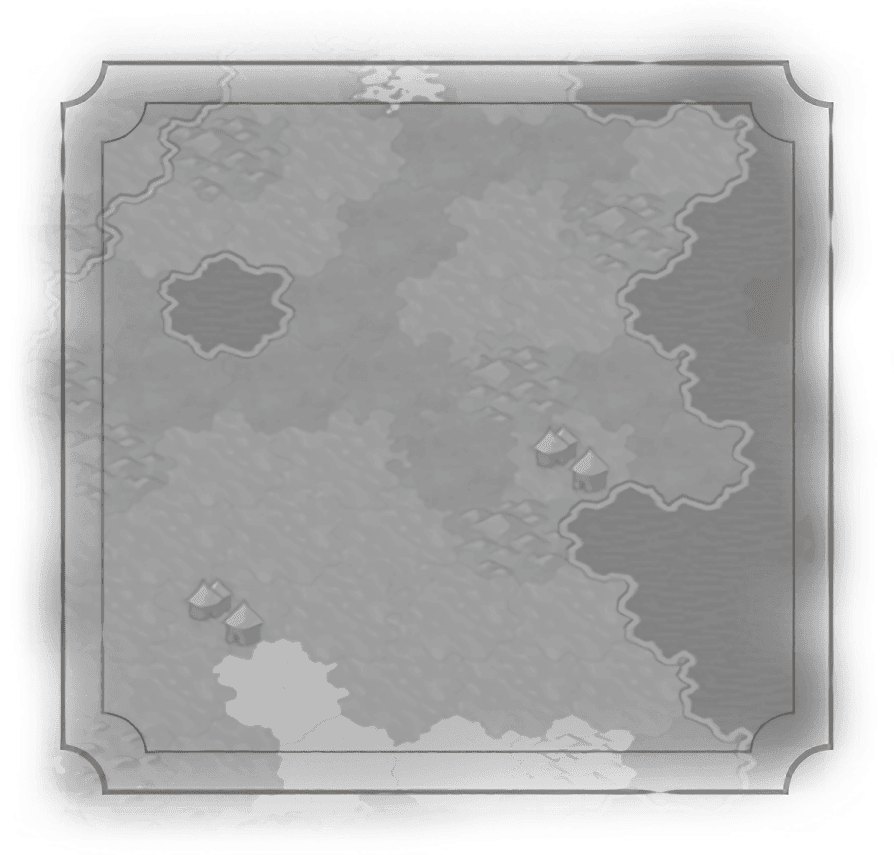Governments
Military Policies
After Action Reports
Agoge
Bastions
Chivalry
Conscription
Craftsmen
Discipline
Drill Manuals
Equestrian Orders
Feudal Contract
Force Modernization
Grande Armée
Integrated Space Cell
International Waters
Levée en Masse
Lightning Warfare
Limes
Limitanei
Logistics
Maneuver
Maritime Industries
Military First
Military Research
National Identity
Native Conquest
Press Gangs
Professional Army
Propaganda
Raid
Resource Management
Retainers
Retinues
Second Strike Capability
Strategic Air Force
Survey
Third Alternative
Total War
Veterancy
Wars of Religion
Economic Policies
Diplomatic Policies
Great Person Policies
Golden Age Policies
Dark Age Policies
Wildcard Policies


Chivalry
Description
+50%  Production toward Industrial era and earlier heavy and light cavalry units.
Production toward Industrial era and earlier heavy and light cavalry units.
 Production toward Industrial era and earlier heavy and light cavalry units.
Production toward Industrial era and earlier heavy and light cavalry units.Historical Context
Before it was reshaped by Christianity, our romantic notions of chivalry were introduced to Europe by the Moors of Iberia through their tales of knightly adventure for the sake of glory and love; once 'The One Thousand and One Nights' was translated into French in the 12th Century, there was no putting the genie back in the bottle. More often idealized than practiced, Charlemagne’s chevalerie (“horse soldiery”) believed chivalry to include a code of conduct that elevated loyalty, honor, forbearance, hardihood and largess above all other knightly qualities (like trampling the godless). All those things that nutcase Don Quixote was raving about.

Description
+50%  Production toward Industrial era and earlier heavy and light cavalry units.
Production toward Industrial era and earlier heavy and light cavalry units.
 Production toward Industrial era and earlier heavy and light cavalry units.
Production toward Industrial era and earlier heavy and light cavalry units.Historical Context
Before it was reshaped by Christianity, our romantic notions of chivalry were introduced to Europe by the Moors of Iberia through their tales of knightly adventure for the sake of glory and love; once 'The One Thousand and One Nights' was translated into French in the 12th Century, there was no putting the genie back in the bottle. More often idealized than practiced, Charlemagne’s chevalerie (“horse soldiery”) believed chivalry to include a code of conduct that elevated loyalty, honor, forbearance, hardihood and largess above all other knightly qualities (like trampling the godless). All those things that nutcase Don Quixote was raving about.



